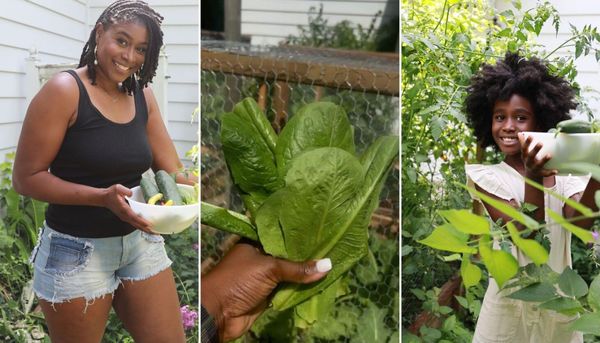
Sometimes you just need some vodka pasta sauce – especially when you’ve been grounded for trying to charter a helicopter on your dad’s credit card.
When Sofia Coppola’s 16-year-old daughter, Romy Mars, set the internet alight last month after doing just that – and then recorded a TikTok video to complain about her punishment while making the sauce – there was plenty of discussion about her family dynamics. Others, though, were more interested in her food choices.
Vodka pasta sauce has been a viral favourite among social media users since the model Gigi Hadid posted a how-to video to her Instagram stories in 2020, sparking an instant food craze among her fans.
Two of those fans have now been revealed to be Heinz and the vodka brand Absolut, who have jointly launched a limited edition run of their own version of the sauce, which they say comes from their commitment to innovate “at the speed of social media trends”.
Online fads driven by a brief celebrity clip might seem trivial but to retailers, especially in the highly competitive grocery sector, they are anything but. Vodka pasta sauce is far from the only viral craze to have found itself on supermarket shelves in recent years. Pasta chips, cloud bread, and an alarming bubblegum-coloured condiment called “pink sauce” have all made the journey from wildly popular videos to mainstream product lines.
TikTok, Instagram and Facebook, in other words, are not just where brands’ customers are – they are also potentially where their next product ideas can be found.
“Traditionally with product development, you would get people together, ask them some questions and develop products on the back of that,” says Jamie Ray, a co-founder of Buttermilk, a specialist brand and influencer agency. “But now the speed of information is all driven by social.
“For brands, it’s about looking at what is making viral moments, [then thinking], OK, influencers are dictating that this trend is really going somewhere, we need to incorporate that in our next line of products.”
One clear example is that of Twisted, which has just launched its own branded range of social media-friendly foods – think foot-long pigs in blankets on spits and lasagne-filled yorkshire puddings – with the frozen supermarket giant Iceland.

Twisted began in 2016 when Tom Jackson and a friend began filming food videos from their flat in Brixton and posting them on Facebook, inspired by a philosophy they sum up as “unserious food tastes seriously good”. “And yeah, within nine weeks, we had a million followers on Facebook,” says Jackson.
Now a fully fledged social media company, they have a core team of content producers, a cookbook, a publishing arm and 40 million followers across all social media platforms. More than 60% of those watching say they have tried a Twisted recipe at home, making the crossover appeal to established retailers obvious.
“It’s not just about being viral, or at least not any more. It’s tangible, you’re reaching inside the screen, and you can actually eat it,” Jackson says. “And while the products are fun, or might sound a bit wacky, they taste delicious.”
Engaging with social media can flop as well as fly, notes Dom Boyd, the managing director of UK insights and marketing at the retail analysts Kantar, who points out that a quarter of adverts bought on digital platforms have zero or negative effects. Interactions must be authentic for a brand’s demographic, he says, “otherwise you’re the dad at the disco”.
And while the buying power of young, digital-native consumers can be huge, it is often poorly understood, says Helenor Gilmour, the director of insight and strategy at the kids insight consultancy Beano Brain. The retail influence of Generation Alpha (under 13) consumers, for instance, extends way beyond viral crazes such as the YouTuber-promoted Prime energy drinks – which have resulted in shoppers queueing for hours to grab a bottle – to influence even the car market, she says.
Recent research from Beano Brain found that 69% of Gen A’s parents say they make better decisions about the planet because of their young children. “It’s not unusual for us to hear of kids influencing not just the brand of car but even the shift to electric cars.”
Don’t assume, however, that it’s only young social media fans driving product development, says Ellis Hawthorne, features editor at Retail Week. “You can’t discount even baby boomers from a seeing food viral videos, even though they may not be on TikTok. These videos are making their way around Instagram and Facebook too – and that generation are frequently on Facebook.” She cites pink gin as a now-mainstream product line where its development was driven by older social media users.
For most major brands, online trends are now “completely ingrained” into their product development, Hawthorne says, “But you have to remember that these viral trends are a very, very small part of their businesses.
“If you think about the average person going in and doing their weekly shop – whether they saw a TikTok about feta pasta isn’t going to be really that relevant to the bottom line of these companies.”









